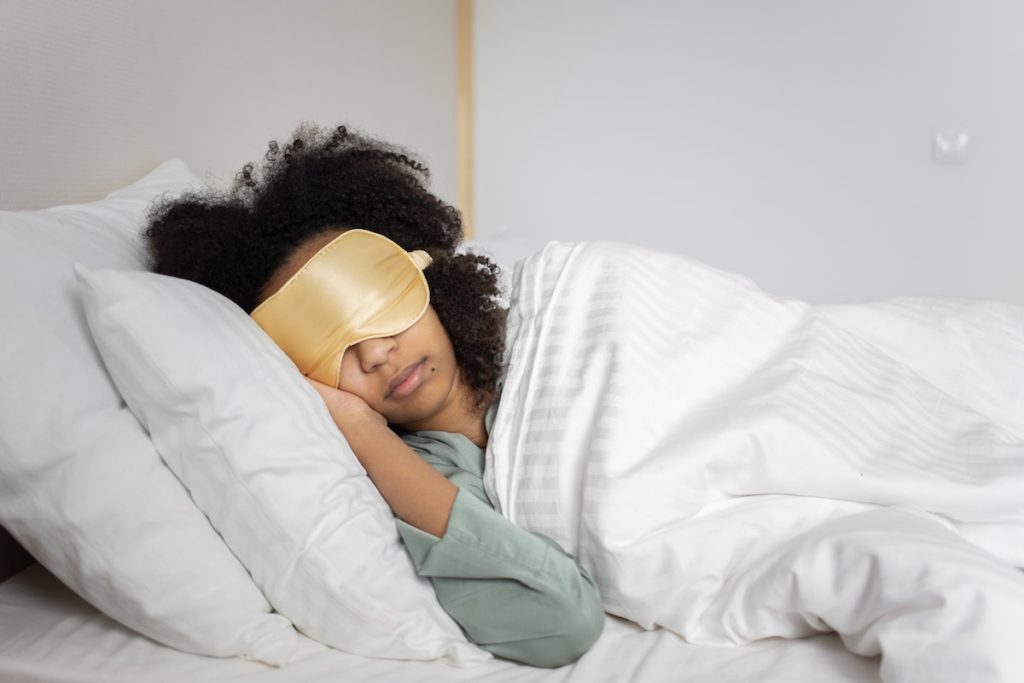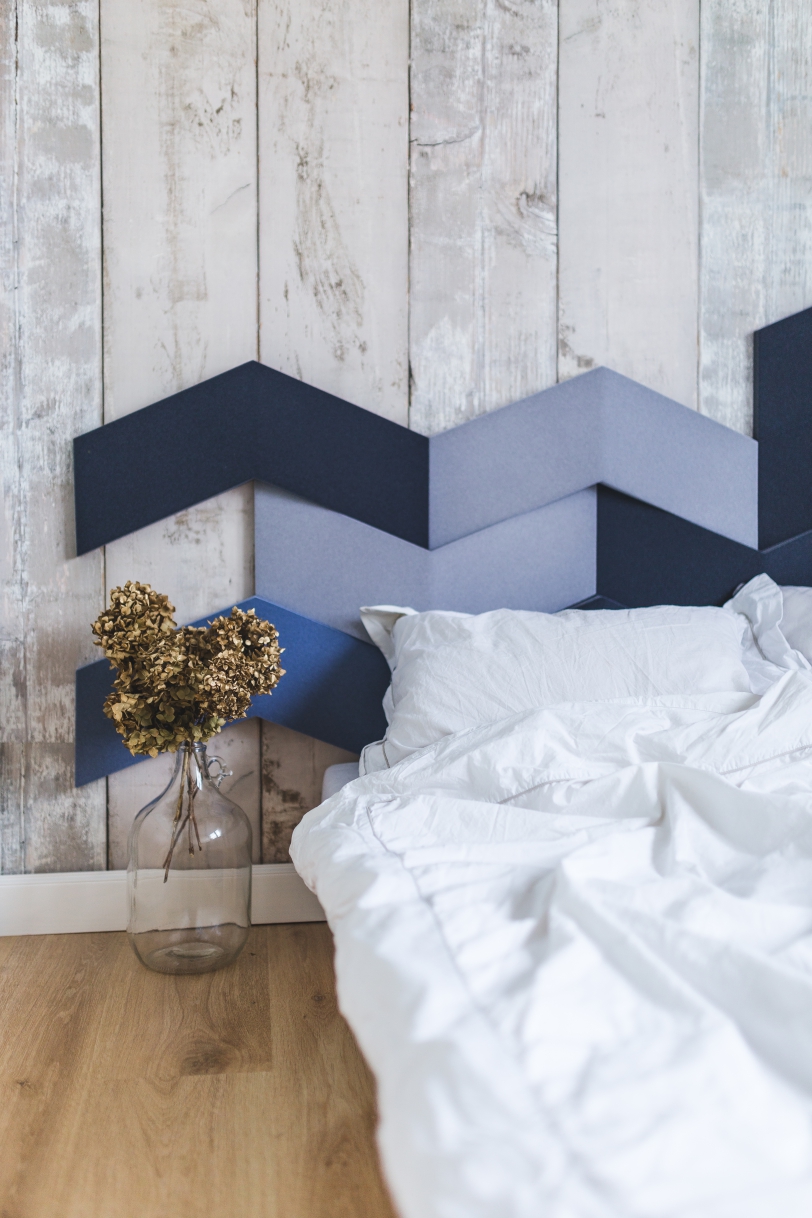
If you read my recent article, Hair Repair Reviews: Vegan DIY Hair Masks Ranked From Best To Worst, then you’ll know that I’m currently obsessed with hair care.
As a longtime offender of damaging my hair into frizziness, taking the time to care for my hair has taught me to slow down and care for my body—knowing it’s the only one I’ll get.
Trying different hair masks, I quickly realized that the amount I deep conditioned and masked mattered very little without proper sleep hygiene. In a mere 8 hours, all the hard work I put in could quite literally go undone with snarls and twists that caused my hair to break and split.
In an effort to improve the way I treat my hair while I sleep, these are the steps I took for dreamy, damage-free hair.
Step One: Dry Your Hair Before Bed (Naturally)
I get it. It’s the end of the day. You’re tired. You want to shower and go straight to bed.
While it sounds convenient, sleeping with wet hair is a definite dermatologist no-no and can cause major damage to your hair—especially if your hair is already prone to breakage like mine.
That’s because wet hair looks chemically different from dry hair in terms of the protein bonds within the hair follicle. While dry hair is made up of proteins (called keratin) with strong bonds, those bonds weaken when the hair is wet. This allows the hair to stretch and break for frizzy, damaged hair.
In order to prevent breakage, consider switching to morning showers or showering earlier in the evening so your hair is dry before bed.
Step Two: Detangle Your Hair
Brush your hair before bed to prevent overnight tangles, stimulate the scalp, and remove loose hairs for softer hair with a natural shine. For textured hair, the Fashion Spot recommends using a wide-tooth comb from the bottom and working toward the roots. Alternatively, for very tangled hair consider detangling with fingers to separate the hair gently and slowly and avoid excess pulling.
Whichever route—brushing, combing or finger detangling—make sure your hair is fully dry to avoid stretching wet and weakened hair.
Step Three: Apply A Warm Oil Mask
Applying warm oil overnight can help coat and protect your hair, allowing your hair to absorb the product overnight for thicker, shinier hair in the morning.
Warm oil masks such as coconut oil act as a deep conditioner for your hair to nourish and moisturize overnight, to then rinse off in the morning. These masks are highly effective, and should be used sparingly so as not to make your hair feel greasy and overloaded with protein. As a general rule of thumb, here’s how often you should use a hair mask based on your hair type according to You Probably Need a Haircut:
- Damaged Hair: 2–3 masks per week
- Dry Hair: 2–3 masks per week
- Curly/Textured Hair: 2–3 masks per week
- Thick/Dense Hair: 1–3 masks per week
- Fine Hair: 1 mask per week
- Oily Hair: 1 mask per week
Step Four: Add Some Serum for Styling
For those looking for something less greasy, serums are a styling product that coat the hair follicle’s surface to add shine and smoothness throughout the hair. Choose from serums such as Kératase’s popular 8H Magic Night Hair Serum to Vegamour’s Gro Hair Serum, which is plant-based and cruelty-free.
Both can be used for straight and textured hair to fight frizz and add shine.
Step Five: Tie Your Hair In Loose Braids or a Bun
Prevent tangling and overnight breakage by twisting your hair into loose braids or a top knot bun to keep it secured and fastened in place.
While keeping hair up is important, dermatologists warn how you tie your hair matters too. When tying your hair, make sure to keep the hair loose and avoid rubber elastics that can cause breakage around the hairline. Some recommended hairstyles for natural hair by Natural Club include flat twists, braids, pineapple puffs, mini puffs, and loose buns.
For the ideal fastener, consider investing in satin sleep scrunchies for effortless, frizz-free hair.
Step Six: Up Your Pillow Game with A Satin Pillowcase
Ask any hair stylist and they’ll tell you—the pillowcase you use at night matters.
Satin is most commonly recommended by hair stylists because it causes less friction between your hair and the pillowcase. For vegan and cruelty-free shoppers, a word of caution that not all satin is created equal. Some satin derives from silk, which is made by silkworms. Find the vegan silk pillowcase that’s right for you here.
Alternative Option: Wrap Your Hair in Satin Wrap or Scarf
Combine steps five and six together by wrapping your hair instead with a satin wrap or scarf to keep your hair secured and reduce frizz and breakage. You can purchase satin headwraps here or use a satin scarf to keep your hair secured.
***
Incorporate these steps into your daily routine and transform the glowing healthy hair from your dreams into your reality.
Get more like this—Sign up for our daily inspirational newsletter for exclusive content!
__
Photo: Ekaterina Bolovtsova via Pexels




